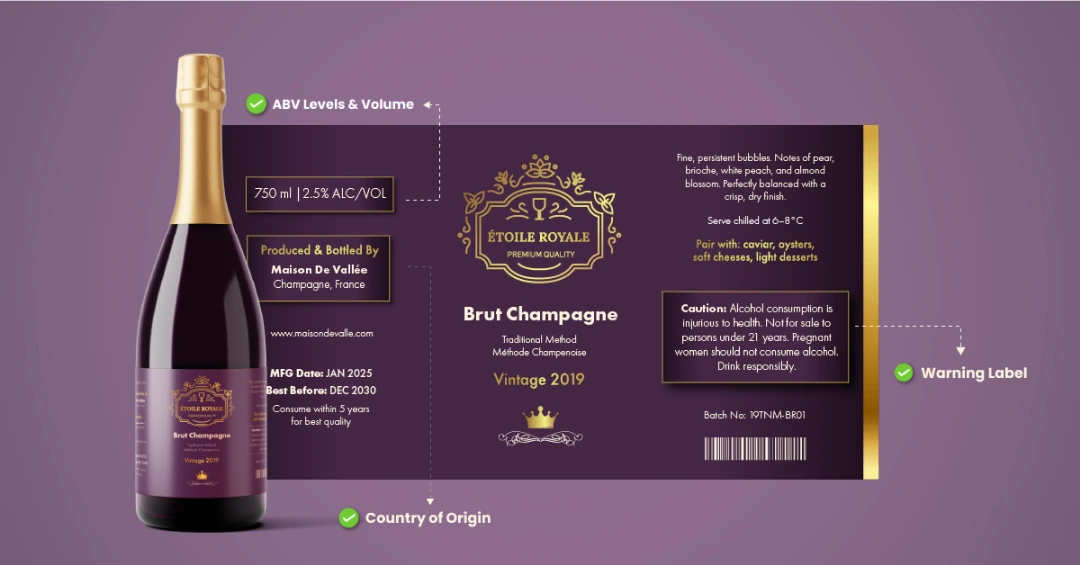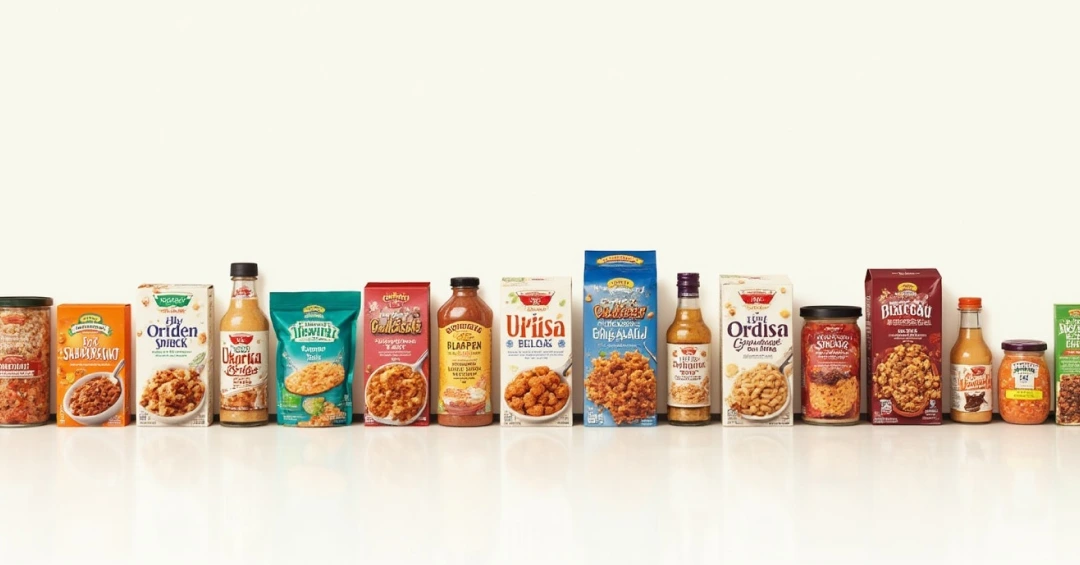Labeling and artwork errors can lead to costly product recalls. In the US alone, these errors account for more than 22% of all detentions, endangering public health while resulting in far-reaching consequences for brands.
Embracing modern technology can help streamline the labeling process, ensure compliance, and reduce the risk of errors. Read on as we showcase the role of artwork proofing software in modern branding strategies.
How Artwork Proofing Impacts Branding
As consistent, high-quality branding becomes a priority for organizations, artwork proofing tools play a crucial role in achieving this.
Modern tools help brands collate, approve, and manage all content, including product details, ingredients, translations, and marketing claims. Customizable workflows help route artwork and proofs through department stakeholders, agencies, and printers, accelerating artwork reviews and approvals.
Support for multi-format files makes managing PDF, docs, and image files easy via one centralized platform. Brands can also leverage advanced metadata/facet-based search within the content of files and quickly retrieve the files they need.
Let’s look at how artwork proofing impacts branding:
- Unified brand messaging: Artwork proofing tools unify brand messaging, ensuring consistency across markets. Acting as a checkpoint to verify that all visual elements align with the brand’s identity and communication strategy, they provide consistency in logo usage, color schemes, typography, and imagery. Brands can also double-check that the tone, style, and messaging are correctly reflected in each piece of artwork, contributing to a strong, unified brand presence.
- Streamlined go-to-market: Artwork proofing software ensures that all visual assets are approved and aligned with brand guidelines before release. Through regular reviews and adjustments, these tools can identify and correct any inconsistencies, errors, or misalignments, preventing delays caused by revisions later on. This helps brands meet tight deadlines and launch timely marketing campaigns, product packaging, or promotional materials.
- Stronger compliance: Intelligent artwork proofing helps pharma, and CPG companies easily navigate the growing complexity and strict enforcement of regulatory norms. Automated audits and effective version control help maintain compliance, ensuring accurate and consistent labeling of items, including components, allergens, dosage, cautions, and usage directions.
- Real-time collaboration: Acting as a centralized platform, artwork proofing solutions enable real-time collaboration for multiple stakeholders. Everyone can access, review, and provide feedback on artwork simultaneously, regardless of location, from designers and brand managers to legal associates and marketers. Comment and annotation functions further enable them to highlight or flag specific areas, leave notes, and directly suggest revisions to the artwork – thus reducing time-consuming back-and-forth communication.
- Quicker approvals and reduced delays: Centralizing all information about artwork leads to quicker approvals and feedback. Since brands can track changes in real-time, they can eliminate delays and ensure everyone is on the same page. This helps improve the quality of the final artwork while accelerating time-to-market.
- Reduced errors and revisions: Artwork proofing platforms provide a structured, systematic, and automated review process that catches issues before they reach the final production stage. By minimizing mistakes and the need for multiple revisions, businesses save time and resources while also delivering polished, high-quality products that meet customer expectations. When customers see that a brand consistently delivers precise, well-executed visuals, it builds trust and loyalty, as they can rely on the brand's attention to detail and commitment to excellence.
Evaluating the Features of Modern Artwork Proofing Software
Modern artwork proofing software encompasses AI and machine learning (ML) capabilities to improve quality control operations, increasing accuracy and efficiency. For example, an AI-powered artwork tool can detect patterns and predict issues, resulting in more proactive and efficient compliance management.
That said, let’s look at some of the top features of artwork proofing software:
- AI proofing: Labeling and artwork management systems offer a range of AI proofing capabilities. They help conduct comprehensive and regular checks, ensuring artwork meets compliance and product quality standards. For instance, automated proofing and comparison tools help identify errors in digital designs and print proofs early in packaging, reducing costly rework and recalls.
- Centralized tracking: With artwork proofing software, brands can centrally track artwork no matter where it is in its lifecycle. Through continuous monitoring and real-time insights, brands can discover potential flaws or anomalies and accelerate approval.
- Digital asset management: Modern artwork proofing platforms allow brands to store, organize, and manage all product and packaging digital assets from a central system. Easy search and retrieval options help in accessing artwork when needed. Brands can also easily view how logos, images, videos, fonts, and other branding elements are used across assets, channels, and platforms – ensuring accuracy and consistency.
- Version control: A well-implemented DAM system streamlines workflows, allowing teams to quickly retrieve the most up-to-date versions of assets, reducing the risk of outdated or incorrect branding. It also enhances collaboration, as multiple stakeholders can efficiently access and share assets, ensuring cohesive and aligned messaging that strengthens the brand’s identity over time.
- Automated auditing: AI proofing tools can automate auditing processes and evaluate artwork for regulatory compliance. By streamlining the review process, brands can increase artwork proofing efficiency, speed up project timelines, and ensure that every piece of artwork meets the brand’s standards before approval or distribution.
- Customizable checklists: With customizable checklists, CPG and pharma companies can meet unique branding, stay on track, and ensure that all necessary steps are completed. Brands can use these checklists to review key elements such as logo placement, color accuracy, typography, and messaging, ensuring that each piece of artwork aligns with the brand’s visual guidelines. This helps reduce the risk of errors and provides a cohesive brand image.
Wrapping Up
As regulatory scrutiny increases, the requirement for sophisticated labeling solutions is growing. Modern label and artwork platforms can automate complex and error-prone proofing procedures. By discovering errors in time, they can improve accuracy, considerably reducing the time and resources needed for quality control in labeling processes.





.webp)
















